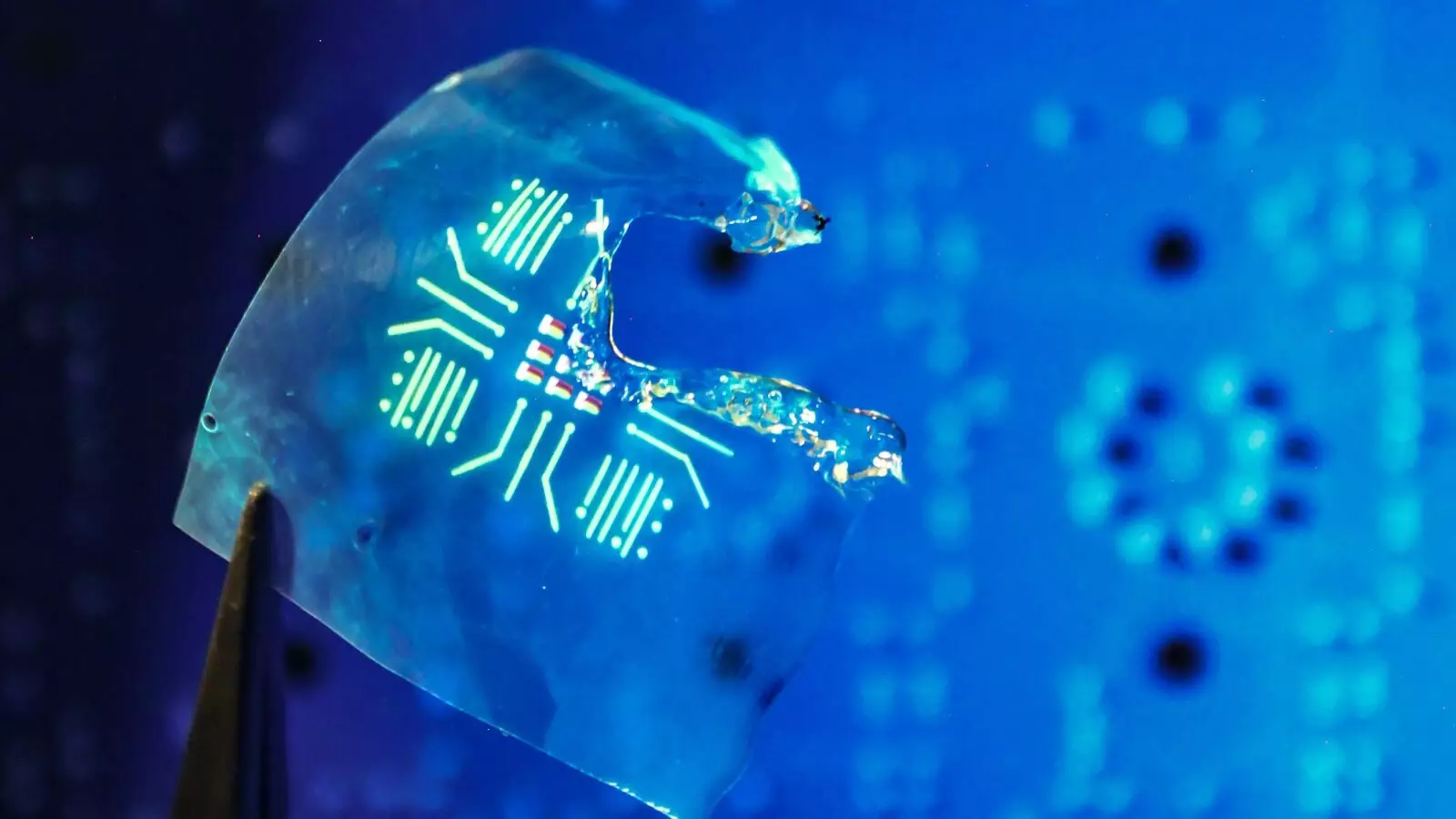Electronics are an integral part of our daily lives, intertwining seamlessly with our activities and enhancing our experiences. At the heart of many modern gadgets, like smartphones and car navigation systems, lies an often-overlooked innovation: luminescent polymers. These flexible materials, adorned with luminescent molecules, not only serve to illuminate screens but also demonstrate significant adaptability in various applications. As technology advances, the spotlight is shifting towards creating these polymers in a way that aligns with our environmental responsibilities—an endeavor that is becoming increasingly urgent.
The Environmental Crisis of Electronic Waste
While luminescent polymers contribute to the benefits of contemporary electronics, they also present a significant challenge at the end of their lifecycle. As our reliance on electronic devices grows, so does the pile-up of electronic waste, with discarded devices often ending up in landfills or being buried. The complexity and cost associated with recycling electronic components intersect with the urgency of tackling environmental issues. This results in a scenario where valuable materials, including luminescent polymers, are lost and disallowed from being reintegrated into the supply chain. The lack of efficient recycling methods emphasizes a critical gap that must be addressed for a sustainable future.
Innovative Approaches to Sustainable Materials
The innovative research led by scientists from the U.S. Department of Energy’s Argonne National Laboratory exemplifies a step in the right direction. Their groundbreaking work involves engineering luminescent polymers that boast high light-emitting efficiency, yet are inherently biodegradable and recyclable. By incorporating tert-butyl ester into these polymers, the researchers demonstrated that these materials could be broken down effectively when exposed to mild heat or acidic conditions, such as stomach acid. This ability to decompose without losing functionality could redefine our approach to electronic waste management.
Performance Meets Sustainability
What is particularly impressive is the measured performance of these new materials. Scoring an astonishing 15.1% in external quantum efficiency—an indicator of light-emitting performance—this advancement represents a tenfold increase over currently available degradable luminescent polymers. This success not only attests to the researchers’ innovation but suggests that sustainability and high functionality can coexist comfortably, a long-held belief that has often seemed contradictory in the realm of materials science.
Broadening Horizons: Future Applications
The implications of this research extend far beyond the laboratory setting. Project lead Jie Xu and his collaborators envision applications that encompass existing technologies and open doors to novel fields. With potential uses in displays, medical imaging, and beyond, the adaptability of these newly developed polymers points to a versatile future where electronics cater to both technological demands and environmental considerations. As the industry grows, estimated to reach $260 billion by 2032, the urgency for innovation that prioritizes recyclability becomes all the more pressing.
Challenges Ahead: Laboratory to Market
While the development of this polymer is a promising advancement, the journey from lab to market will undoubtedly pose challenges. Scaling this technology for mass production requires additional testing and optimization. Researchers must navigate the complexities of integrating these materials into mainstream electronics, such as smartphones and computer screens while ensuring that the production processes align with sustainability goals.
Despite these hurdles, the work by this research team sets a critical benchmark, providing a model for future materials design. The hope is that as more attention is directed toward eco-friendly electronics, this project can inspire future innovations that will address both functionality and recyclability from their very inception.
With rising awareness about the consequences of electronic waste, adopting sustainable practices in electronics production is not just recommended but necessary. As scientists like Xu advocate for a paradigm shift in design philosophy, it becomes clear that a commitment to sustainability is not merely a trend but an essential pathway for the future of technology. With each progressive step taken, we edge closer to a world where electronics enrich our lives without compromising our planet.


Leave a Reply